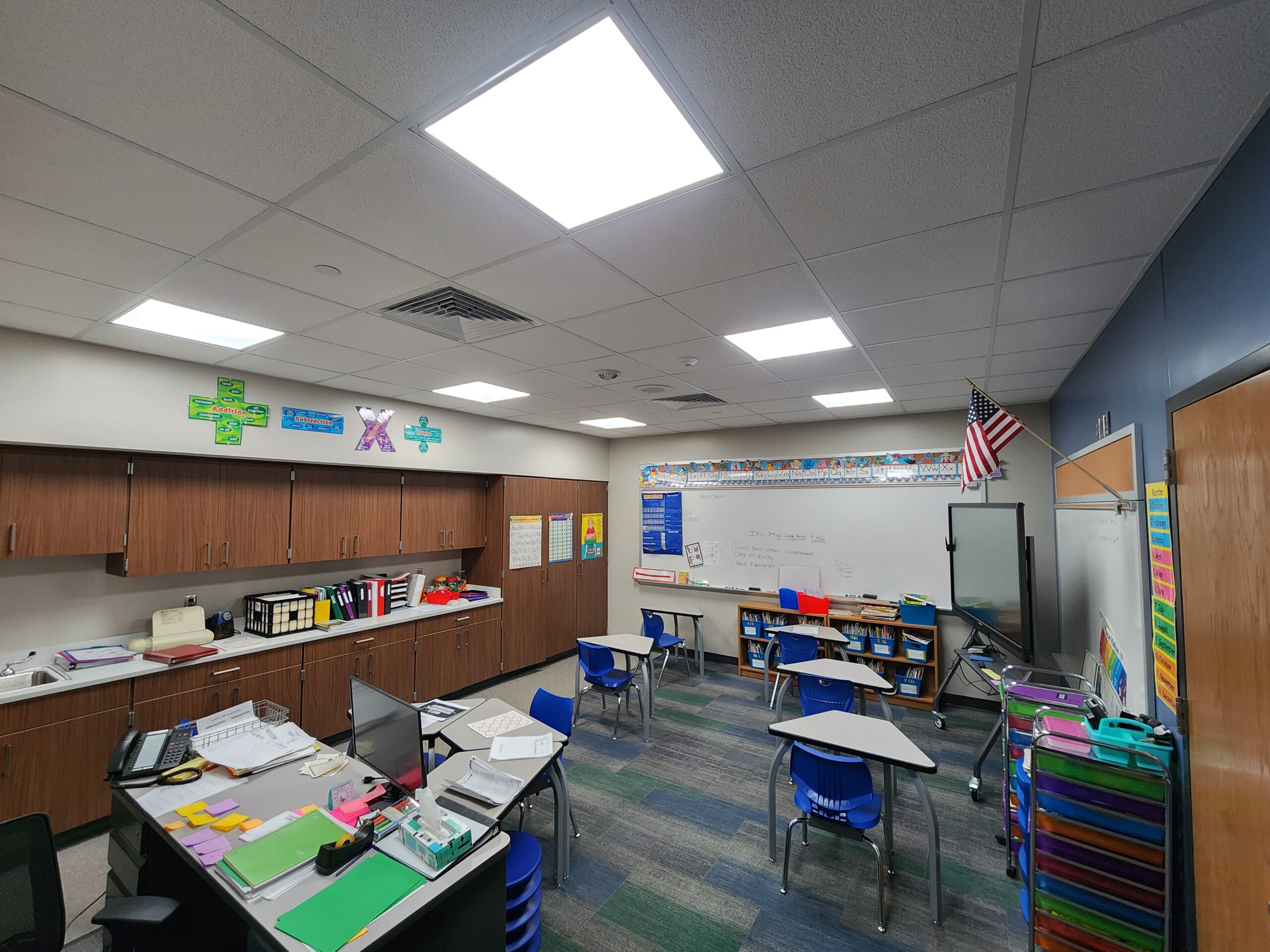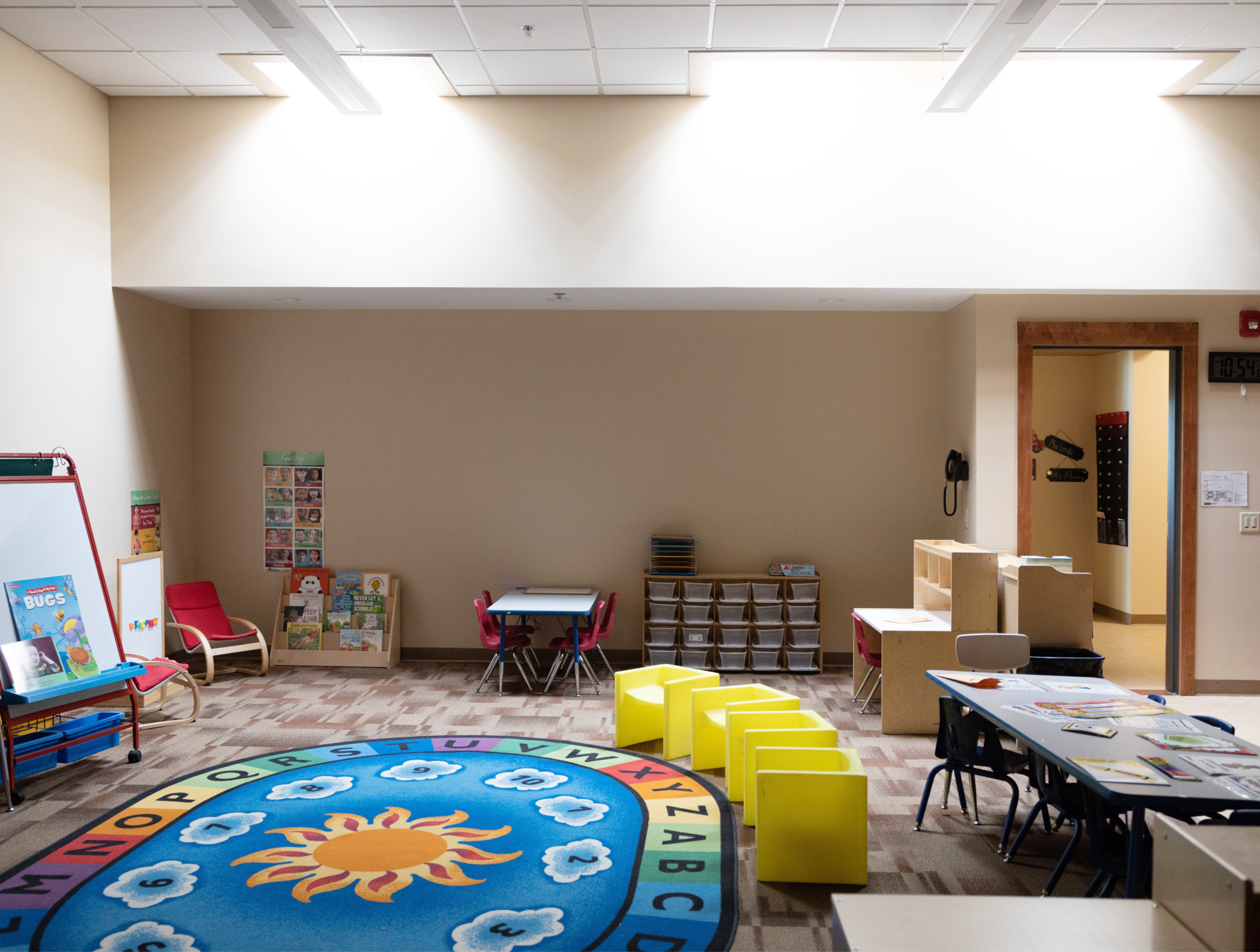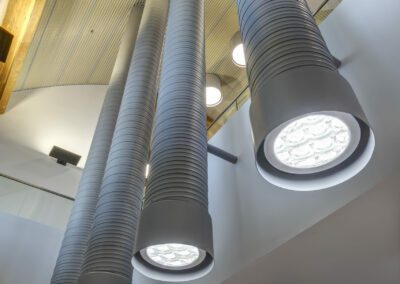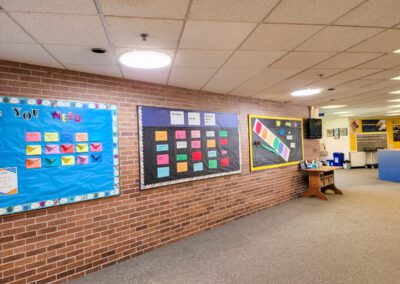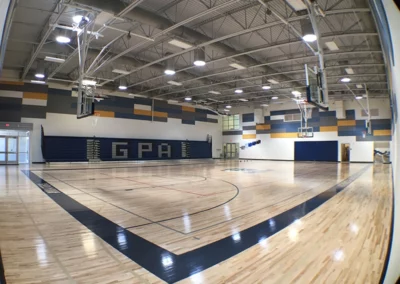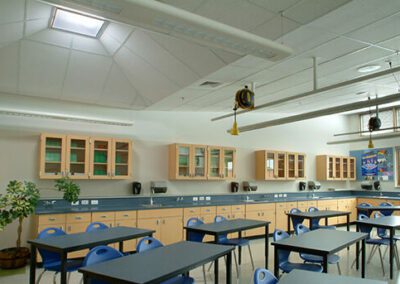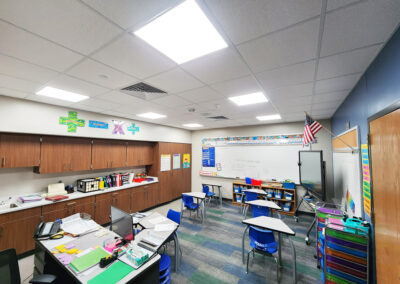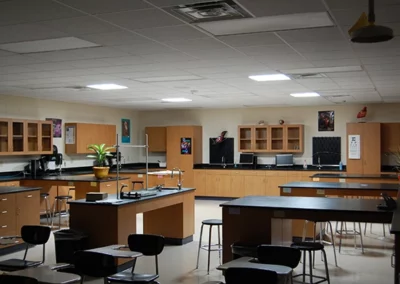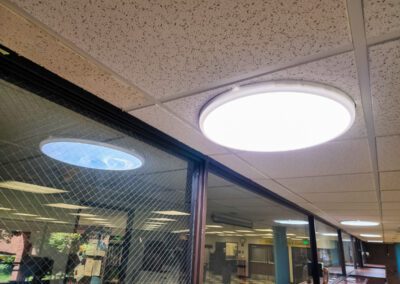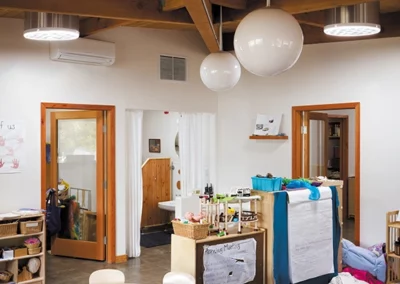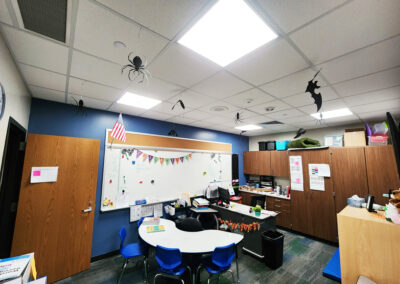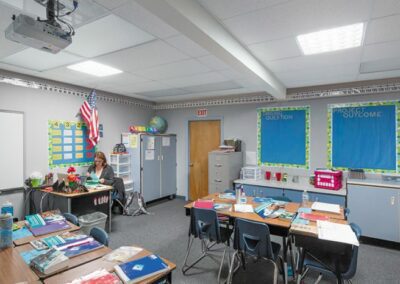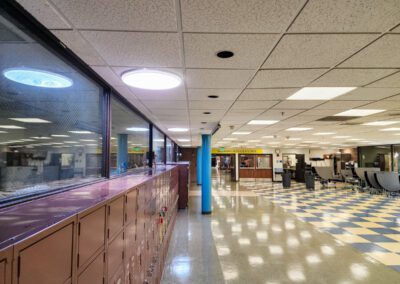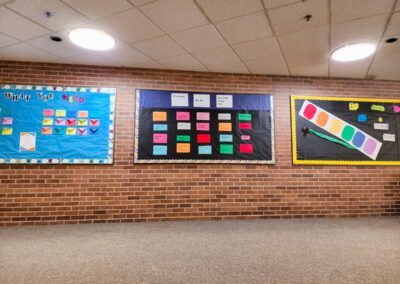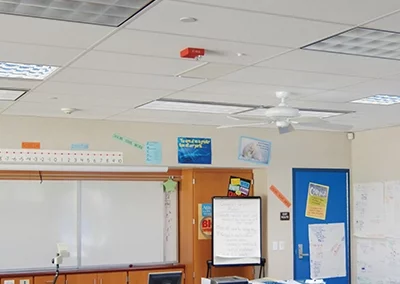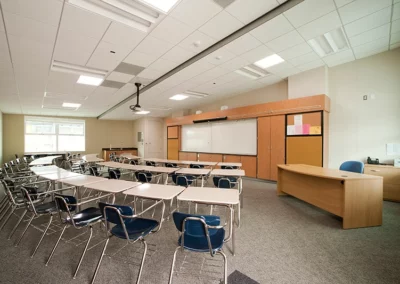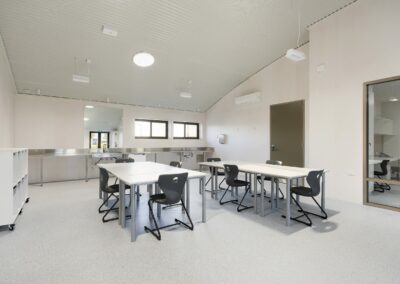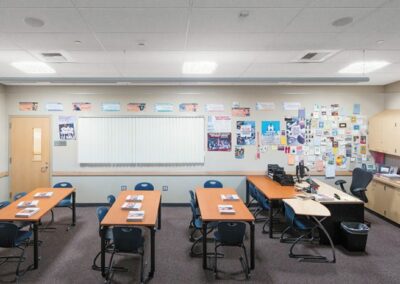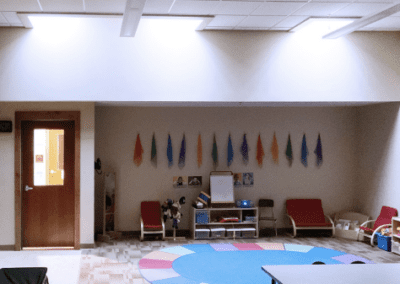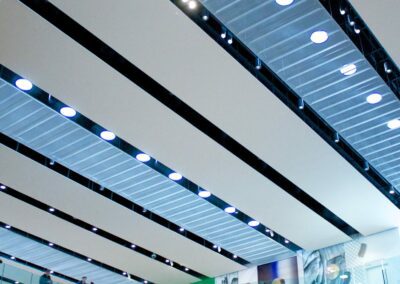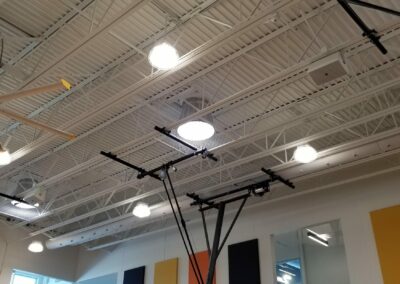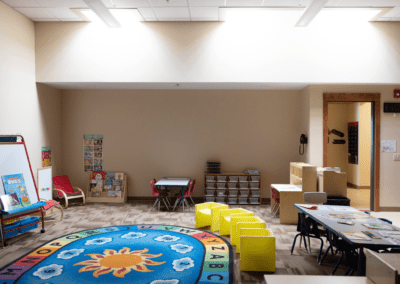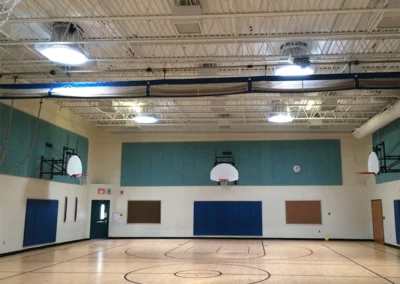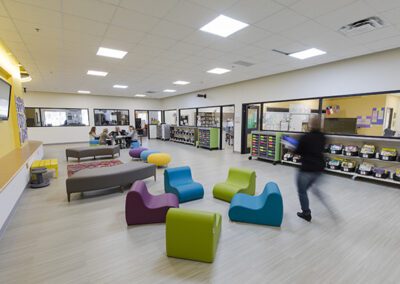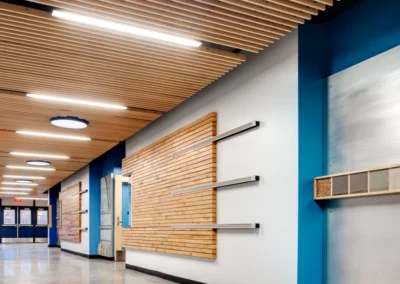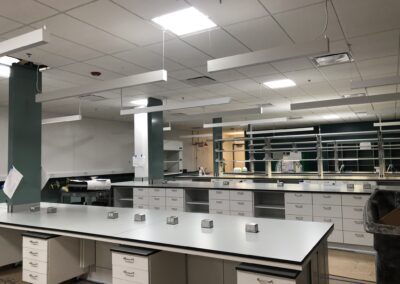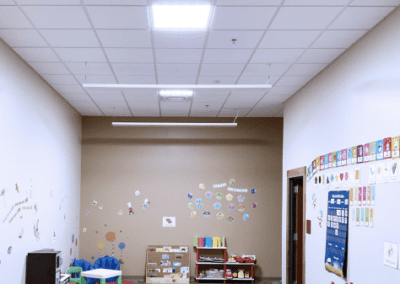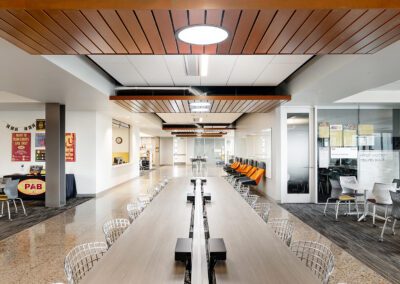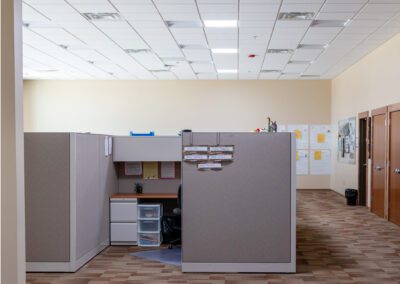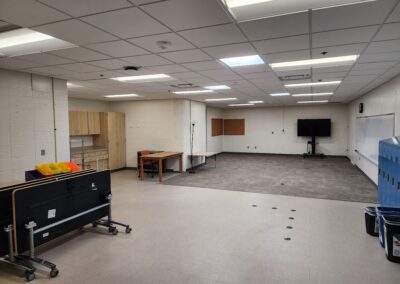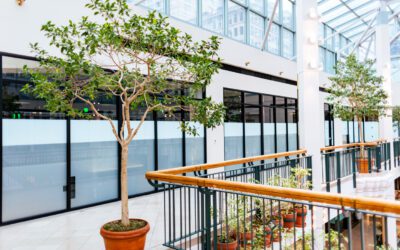Education
The power of Daylighting In education
In educational environments, the design of spaces goes beyond aesthetics—it directly impacts student well-being, focus, and overall academic performance. Among the various elements that contribute to an optimal learning environment, daylighting stands out as one of the most influential. By bringing natural light into classrooms, schools and universities can create spaces that not only enhance the learning experience but also promote health, improve mood, and foster a connection to the outside world.
Daylighting transforms educational spaces into vibrant, stimulating environments that encourage concentration, creativity, and active participation. Numerous studies have shown that students in well-lit, naturally illuminated classrooms perform better academically, demonstrating higher test scores, improved attendance, and enhanced overall well-being. As educators and administrators seek ways to boost student success, the incorporation of effective daylighting systems becomes a critical consideration.
Daylighting Improves Student Test Scores
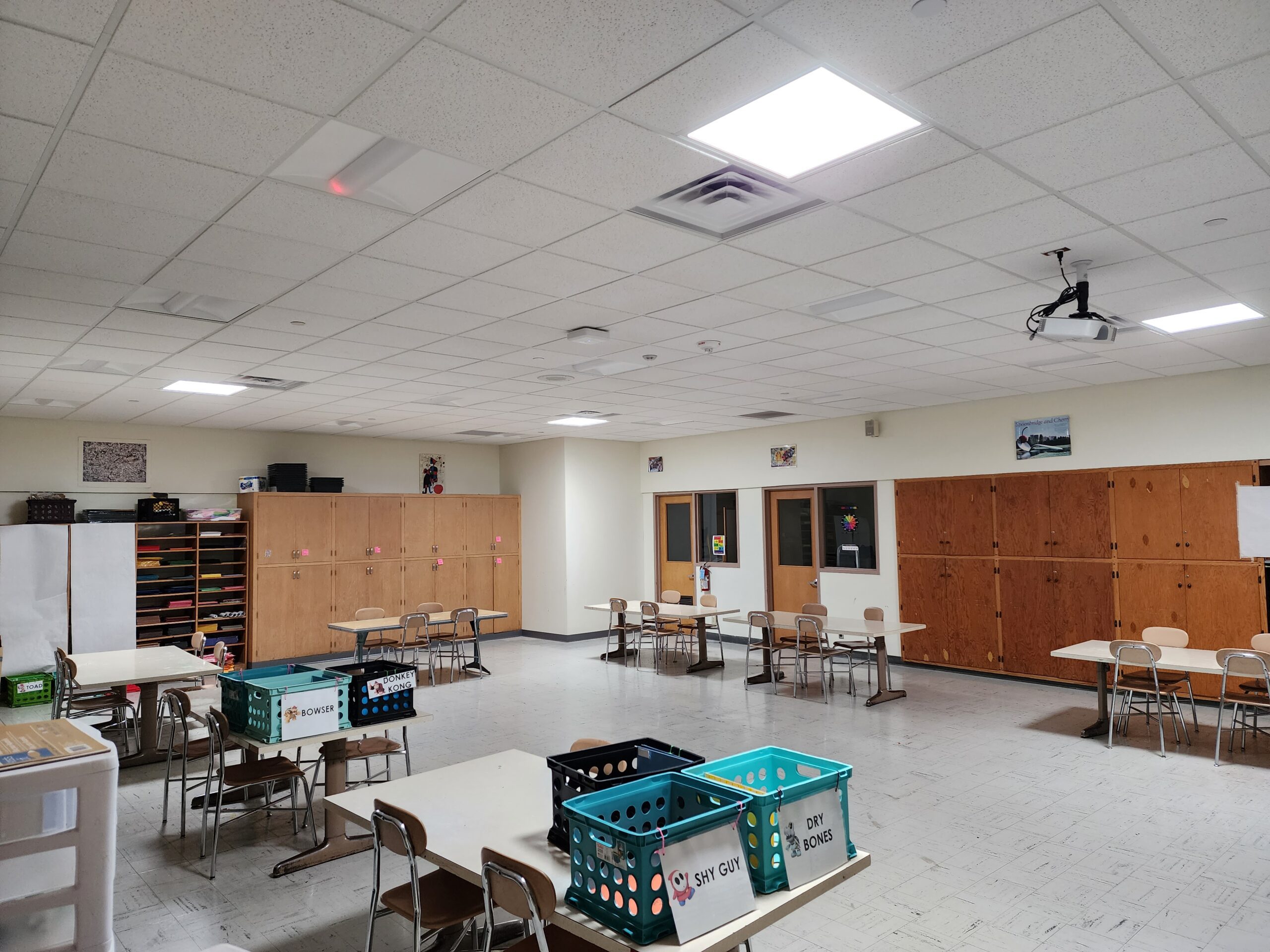
The impact of daylighting on student performance is well-documented, with research highlighting several key benefits. One comprehensive study by the California Board for Energy Efficiency revealed a “uniformly positive and statistically significant correlation between the presence of daylighting and better student test scores in all three districts” examined.
The study offered several explanations for this positive outcome:
- Improved Visibility: Enhanced light quality and illumination levels lead to better visual comfort and learning conditions.
- Improved Health: Natural light supports physical health by regulating circadian rhythms and reducing the risk of issues like eyestrain and fatigue.
- Improved Mood and Behavior: Exposure to daylight has been shown to elevate mood and positively influence behavior, contributing to a more conducive learning environment.
- Counteracting Daylight Deprivation: In many regions, students spend significant time indoors, leading to a lack of natural light exposure. Effective daylighting helps mitigate the effects of this deprivation, promoting better overall well-being.
In the same study, researchers analyzed the standardized test performance of over 21,000 students across three elementary school districts. The findings were clear: classrooms equipped with effective daylighting systems saw a noticeable improvement in student test scores. The positive effects of daylighting were distinct and separate from other attributes of windows, underscoring the critical role that natural light plays in educational settings.
How we Partner with Schools
Daylighting in Minnesota schools
At Daylight Specialists, we have partnered with numerous school districts across the Midwest to enhance their educational facilities with daylighting solutions. Whether it’s integrating natural light into new construction projects or retrofitting existing buildings, our work has helped schools create brighter, healthier learning environments that benefit both students and staff. Our expertise in daylighting has made a significant impact in various educational settings, and we invite you to explore our case studies to see the difference our daylighting installations have made.
Turning “Big Box” Spaces into EducationaL Facilities
Our successful collaboration with the Fergus Falls school district led to a valuable dialogue with the Minnesota School Board Association. This opportunity allowed us to present alongside Zerr-Berg Architects and Minnesota school district superintendents, focusing on the innovative concept of converting big box retail locations into academic facilities.
If your community has vacant big box properties, they could be the key to a cost-effective solution for expanding or enhancing educational facilities. We invite you to download our presentation, “Strategies for Lower Cost School Construction,” to learn more about how adaptive reuse of these spaces can save school districts millions in construction costs. For further details and personalized guidance, feel free to reach out to us!
Daylighting in Education faq
Why is daylighting important for education?
Daylighting is crucial for education because it enhances the learning environment by improving visual comfort, reducing eye strain, and creating a more inviting atmosphere. Natural light boosts mood, increases alertness, and supports cognitive function, which all contribute to better student engagement, higher test scores, and overall academic performance.
What are the health benefits of natural light for students?
Natural light offers significant health benefits for students, including:
- Improved Mood and Energy Levels: Exposure to natural light helps stabilize circadian rhythms, leading to better sleep, reduced stress, and increased alertness during school hours.
- Enhanced Physical Health: Regular exposure to daylight supports the production of Vitamin D, which is essential for bone health and overall well-being.
- Better Behavioral Outcomes: Natural light has been shown to positively influence students’ mood and behavior, making them more engaged and productive in the classroom.
How does daylighting in classrooms impact students' performance?
Daylighting in classrooms positively impacts students’ performance by:
- Enhancing Focus and Concentration: Well-lit environments improve visual comfort, allowing students to concentrate better on their tasks.
- Increasing Productivity: Natural light helps regulate energy levels and reduces fatigue, leading to higher productivity and academic success.
- Reducing Absenteeism: Healthier environments foster better attendance, as students experience fewer issues like eyestrain and sleep disturbances.
Can daylighting improve teachers' and staff's well-being?
Yes, daylighting can significantly improve the well-being of teachers and staff by:
- Boosting Mood and Energy: Just like students, educators benefit from exposure to natural light, which enhances mood, reduces stress, and improves overall job satisfaction.
- Supporting Health and Productivity: Teachers and staff in well-lit environments are better equipped to handle the challenges of their roles, leading to more effective teaching and a more positive school culture.
Why is natural light so important in school design?
Natural light is essential in school design because it creates a healthier, more stimulating learning environment. Benefits include:
- Reduced Need for Artificial Lighting: This leads to energy savings and reduced operational costs.
- Improved Student and Staff Well-being: Exposure to natural light supports better sleep patterns, reduces eye strain, and enhances overall mood and behavior.
- Enhanced Academic Achievement: Schools that incorporate natural daylight see improved student performance and a more engaging, vibrant learning atmosphere.
How can I improve my classroom lighting?
To improve classroom lighting, maximize the use of natural light by installing larger windows, skylights, or light tubes. Use light-colored walls and reflective surfaces to enhance light distribution. Implement adjustable blinds or shades to control glare. Additionally, complement natural light with energy-efficient, high-quality artificial lighting to ensure consistent illumination during cloudy days or evening hours.
What is the daylight factor for classrooms, and why does it matter?
The daylight factor for classrooms measures the amount of natural light indoors compared to outdoors. A daylight factor of 2-5% is recommended to ensure adequate illumination, considering factors like window size, orientation, and interior surface reflectance. This metric is important because it helps create a well-lit environment that supports both visual comfort and energy efficiency.
Can daylighting improve students' mood and behavior?
Yes, daylighting can significantly improve students’ mood and behavior. Natural light exposure increases serotonin levels, which enhances mood and reduces stress. Well-lit classrooms create a more pleasant and comfortable environment, leading to better behavior, increased motivation, and more effective learning.
Does daylighting have a positive impact on academic achievement?
Daylighting positively impacts academic achievement by enhancing students’ concentration, reducing fatigue, and creating a more conducive learning environment. Studies have shown that students in classrooms with ample natural light perform better on tests, demonstrate improved cognitive function, and have higher overall academic success. The presence of daylight supports a healthy, productive, and engaging educational experience.
Daylight Specialists Gallery
Explore some of our recent daylight projects:
Contact Daylight Specialists
Daylight Specialists works with K-12 schools, colleges and universities, private institutions, vocational schools, and other academic offices. When we collaborate with your project architects and general contractors, we ensure that your facilities are equipped with the optimal daylighting design and the most suitable products, delivering bright, inviting spaces that inspire learning for years to come. From the initial consultation through design, installation, and project management, we oversee every aspect of the process, guaranteeing that our solutions create the best possible environment for learning and retention.
We invite you to explore our many case studies that highlight the transformative impact of daylighting in schools. If you’re interested in discovering how daylighting can enhance the health and well-being of students and staff, boost test scores, and improve overall student performance, contact Daylight Specialists today. We’re here to provide you with all the information you need to make your next educational project a success.
Explore our recent articles
Daylight Specialists Expands Reach into Iowa as Official Solatube Commercial Distributor
At Daylight Specialists, we're thrilled to share some exciting news: our company has been appointed as the official commercial distributor for Solatube International in Iowa! This expansion is a significant milestone for us, building on our strong presence in...
Daylighting and the Future of Green Building Certifications
As sustainability becomes more important in architectural design, natural light plays a larger role in green building certifications. Daylighting, the practice of using natural light to illuminate indoor spaces, is a key component in achieving these certifications. At...
Commercial Daylighting Myths: Separating Fact from Fiction
In commercial construction and architecture, daylighting brings many advantages, from saving energy to enhancing occupant well-being. Yet, despite its popularity, daylighting is often misunderstood, leading to confusion among architects, builders, and property owners....

